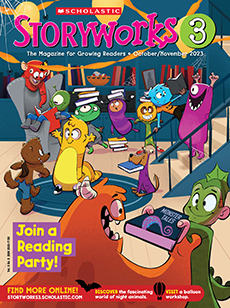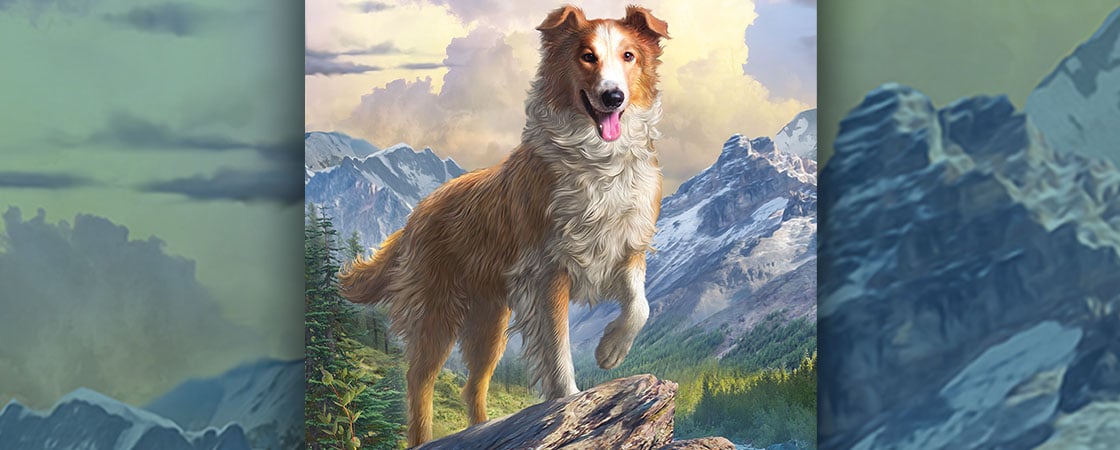Courtesy Tricia Brown
A dog named Bobbie wandered the streets. He was lost, scared, and alone.
It was August 1923. A week and a half earlier, Bobbie had set off on a road trip with his owners, Frank and Elizabeth Brazier. They left their home in Silverton, Oregon. They drove 2,500 miles to Wolcott, Indiana, to visit family. Bobbie watched as mountains and forests sped by.
The Braziers got to Wolcott and stopped at a gas station. Suddenly, a group of dogs appeared and chased Bobbie. He ran away and became lost.
Frank and Elizabeth looked everywhere. But there was no sign of Bobbie. Back then, it wasn’t common for a dog to wear a tag on his collar. And there wasn’t technology to find missing pets.
Eventually, the Braziers had to return to Oregon. They told their daughters, Nova and Leona, the terrible news.
Bobbie was now thousands of miles away from Silverton. Would he ever find his way back home?
A dog named Bobbie walked through the streets. He was lost and scared. He was alone.
It was August 1923. A week and a half earlier, Bobbie went on a road trip. He was with his owners, Frank and Elizabeth Brazier. They left their home in Silverton, Oregon. They drove 2,500 miles to see family in Wolcott, Indiana. Bobbie watched mountains and forests go by.
The Braziers got to Wolcott. They stopped at a gas station. A group of dogs appeared. The dogs chased Bobbie. He ran away and became lost.
Frank and Elizabeth looked everywhere. But there was no sign of Bobbie. Back then, most dogs didn’t wear tags on their collars. There wasn’t technology to find a missing pet.
The Braziers finally had to return to Oregon. They told their daughters, Nova and Leona, the bad news.
Bobbie was now thousands of miles away from Silverton. Would he ever find his way back home?
A dog named Bobbie was on a road trip in 1923. His owners, Frank and Elizabeth Brazier, lived in Oregon. They drove 2,500 miles to Indiana.
The Braziers made a stop. A group of dogs showed up and chased Bobbie away. He became lost. The Braziers couldn’t find Bobbie. Finally, they had to go home.
Bobbie was now far from Oregon. Would he ever find his way back?

